The striking Snowcap, like the Honduran Emerald and Mangrove Hummingbird, is found only in Central America. It is uncommon across its range, but when seen, it is unforgettable. The male’s plumage is a unique mix of iridescent bronzes, purples, and dark reds, contrasting with a shining white cap that stands out like a beacon in the shade of the humid forests where this species occurs. Typical of many hummingbirds, the female Snowcap has more subdued plumage — green above and white beneath, without the flashy white cap.

Additional features make this Central American specialty a sought-after sighting.
Small Wonder
At 2.5 inches long, the Snowcap is one of the of the world’s smallest hummingbirds — only a quarter of an inch longer than the tiny Bee Hummingbird of Cuba, generally considered to be the world’s most diminutive bird. Also, the Snowcap weighs less than a penny. In fact, it is so small that it’s often mistaken for a bumblebee, moth, or other large insect.

Altitude Adjustments
The Snowcap is resident in Honduras, Nicaragua, Costa Rica, and western Panama. It breeds in humid forests on Caribbean-facing mountain slopes, at elevations of 1,000 to 2,600 feet. After the breeding season, most descend to adjacent lowlands, a phenomenon called altitudinal migration that is seen in other birds ranging from the Resplendent Quetzal to the Rainbow-bearded Thornbill.

Although widely distributed, the Snowcap is often difficult to find, and its numbers are suspected to be declining.
Male Snowcaps sing on group display grounds, known as leks. Their song is a squeaky chatter: tsitsup tsitsup tsitsup tsuu ttsee.
Petite Pollinator

The Snowcap sips nectar at small flowers on trees, vines, shrubs, and epiphytes, ranging from high in the tree canopy down to eye level. Like other hummingbirds, it also takes tiny insects. Male Snowcaps establish feeding territories and aggressively defend them against other males and also large insects that try to feed there. Although Snowcaps will visit feeders, they are often chased away by larger, more aggressive hummingbird species.
Many native plants rely on hummingbirds like the Snowcap for pollination. The tubular flowers favored by hummingbirds exclude most bees and butterflies and, as a result, prevent pollination by any visitors except for these long-billed birds.
From Lek to Nest
During the breeding season, male Snowcaps join small leks, usually at forest edges, to sing and display to visiting females. A male’s white cap is thought to serve as a signal of his breeding fitness, as is the case with the iridescent crowns of other species such as Costa’s or Anna’s Hummingbirds.
Once a female Snowcap mates, she leaves the lek to build a nest and raise her young alone. First, she chooses a protected spot low in a shrub or tree; then she weaves her cup-shaped nest of plant fibers and mosses, lining it with soft hair and down. She reinforces her nest with elastic material such as spider webs, which allow the nest to stretch to accommodate quickly growing chicks. The female Snowcap lays two eggs, on average, and incubates them for around two weeks. She feeds her young regurgitated nectar and insects, the latter providing protein for quick growth. Young Snowcaps grow rapidly and leave the nest after only two to three weeks.
Tiny Bird Faces Big Threat
The chief threat to the Snowcap is habitat loss from deforestation. Although locally common in some places, this tiny hummingbird is thought to be declining across its range.
ABC has supported the Tirimbina Biological Reserve in Costa Rica, which protects Snowcap habitat. That reserve is a partner in our Latin American Bird Reserve Network. In 2009, ABC supported the purchase of easements totaling nearly 11,000 acres to expand Braulio Carrillo National Park in Costa Rica, which also provides habitat for this lovely hummingbird.


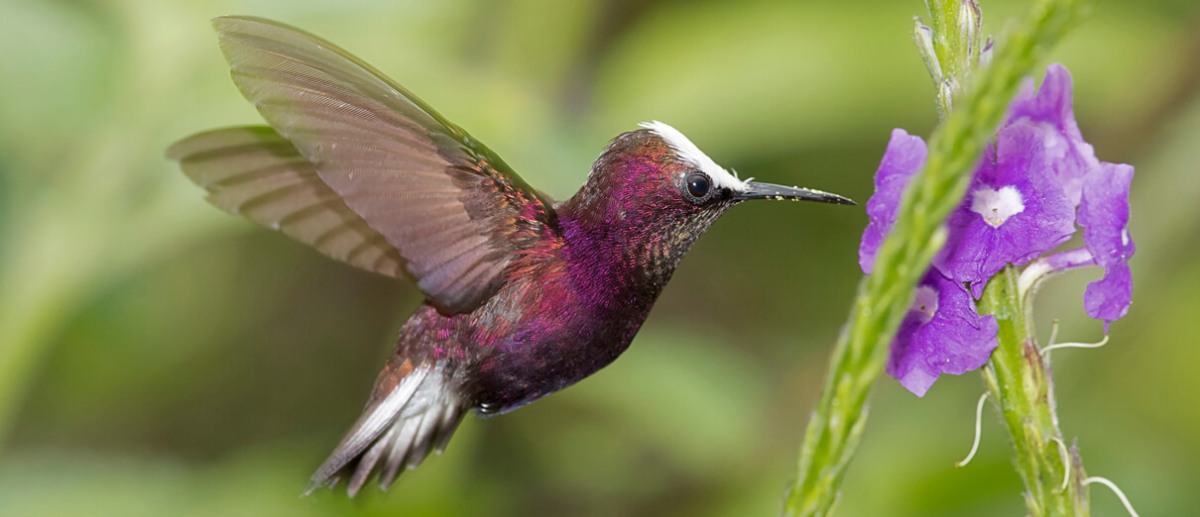
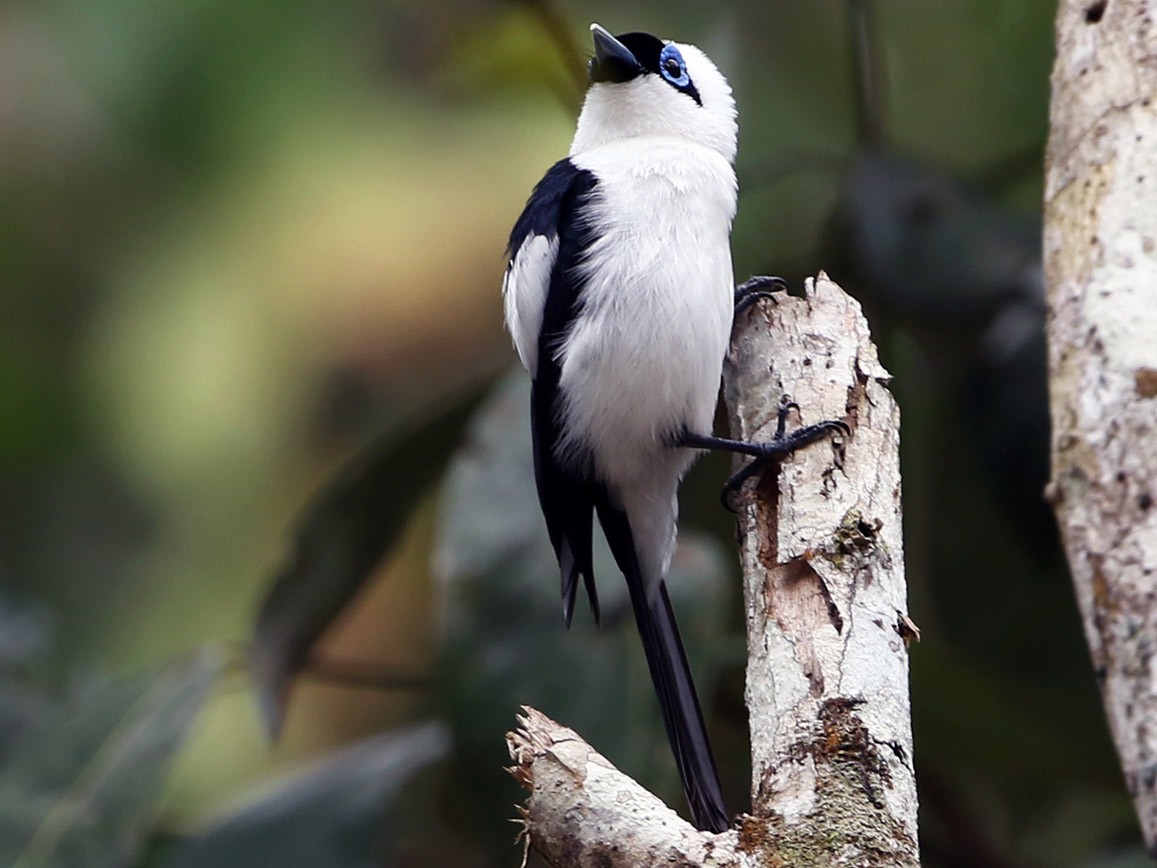


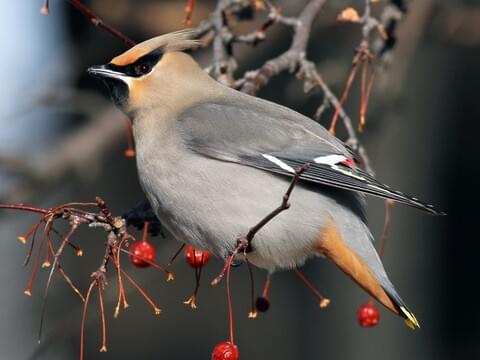


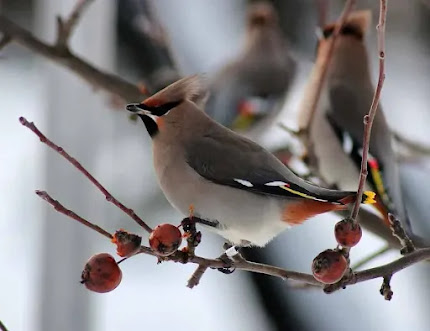

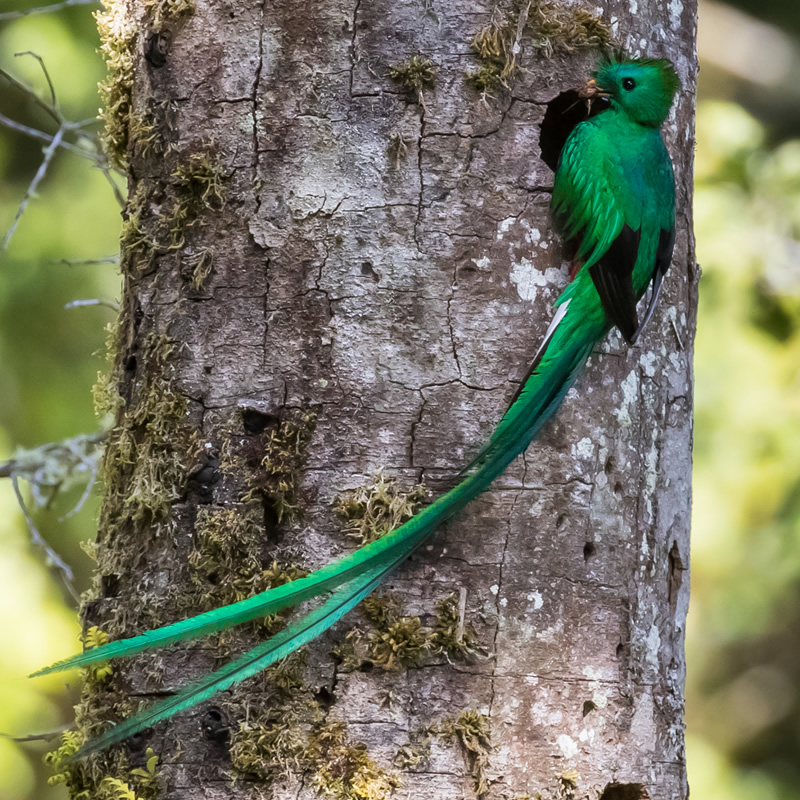



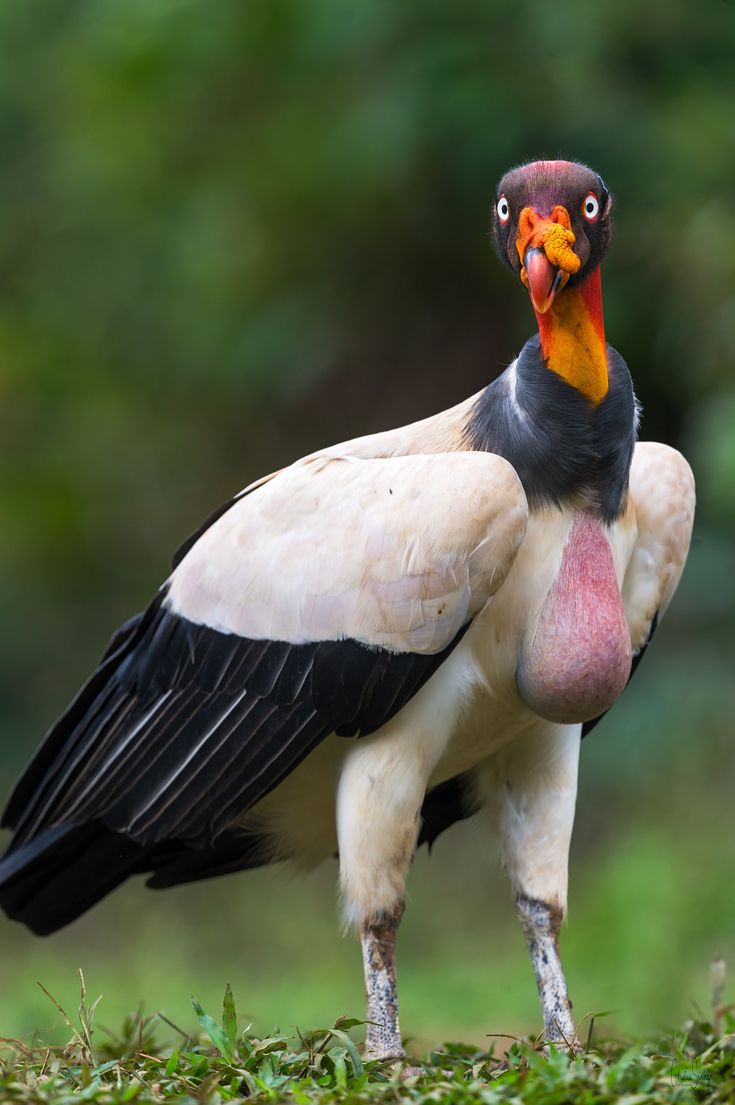



















.jpg)
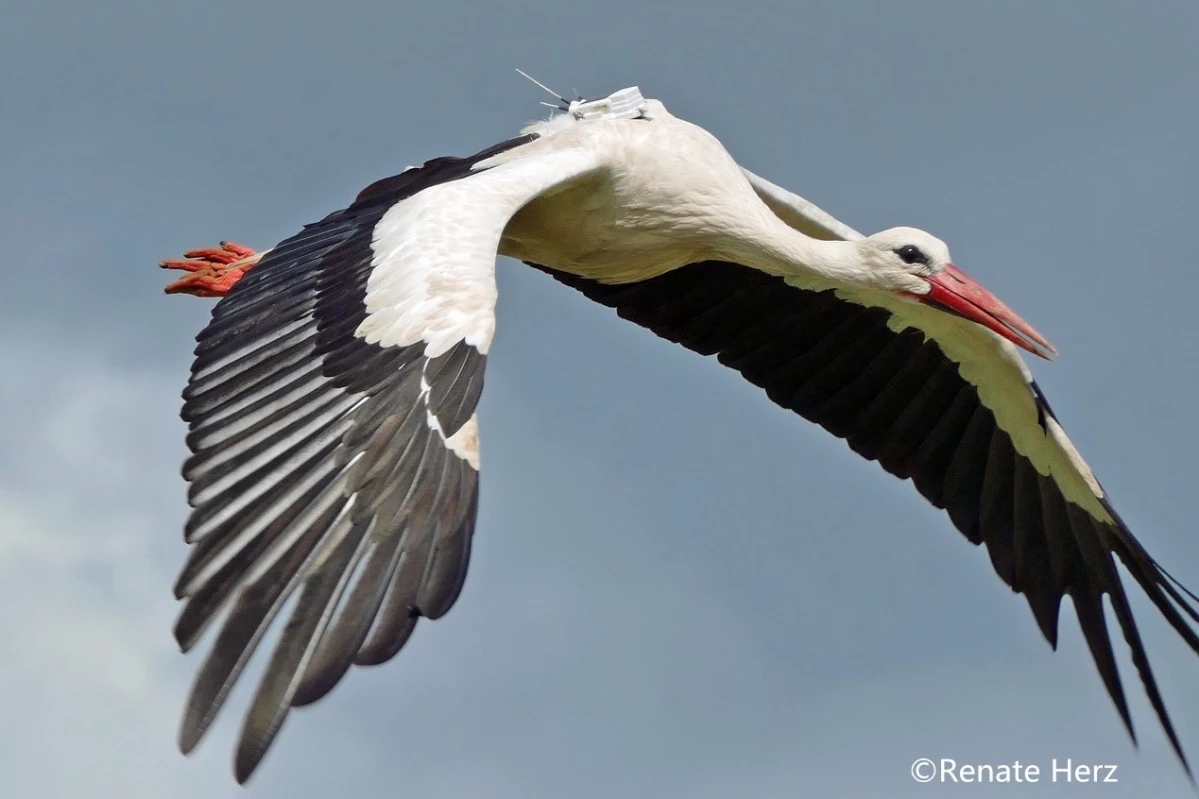
.jpg)
.jpg)
.jpg)






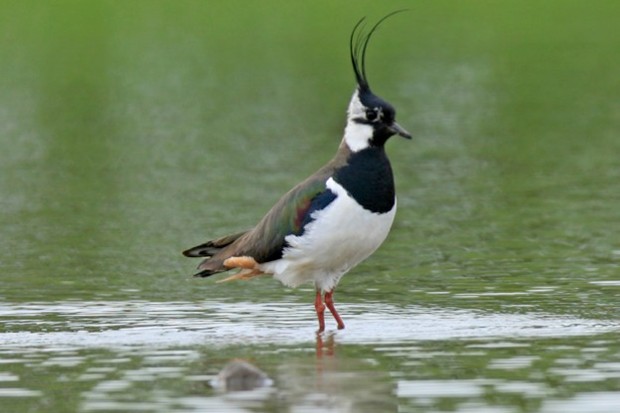
.jpg)


.jpg)